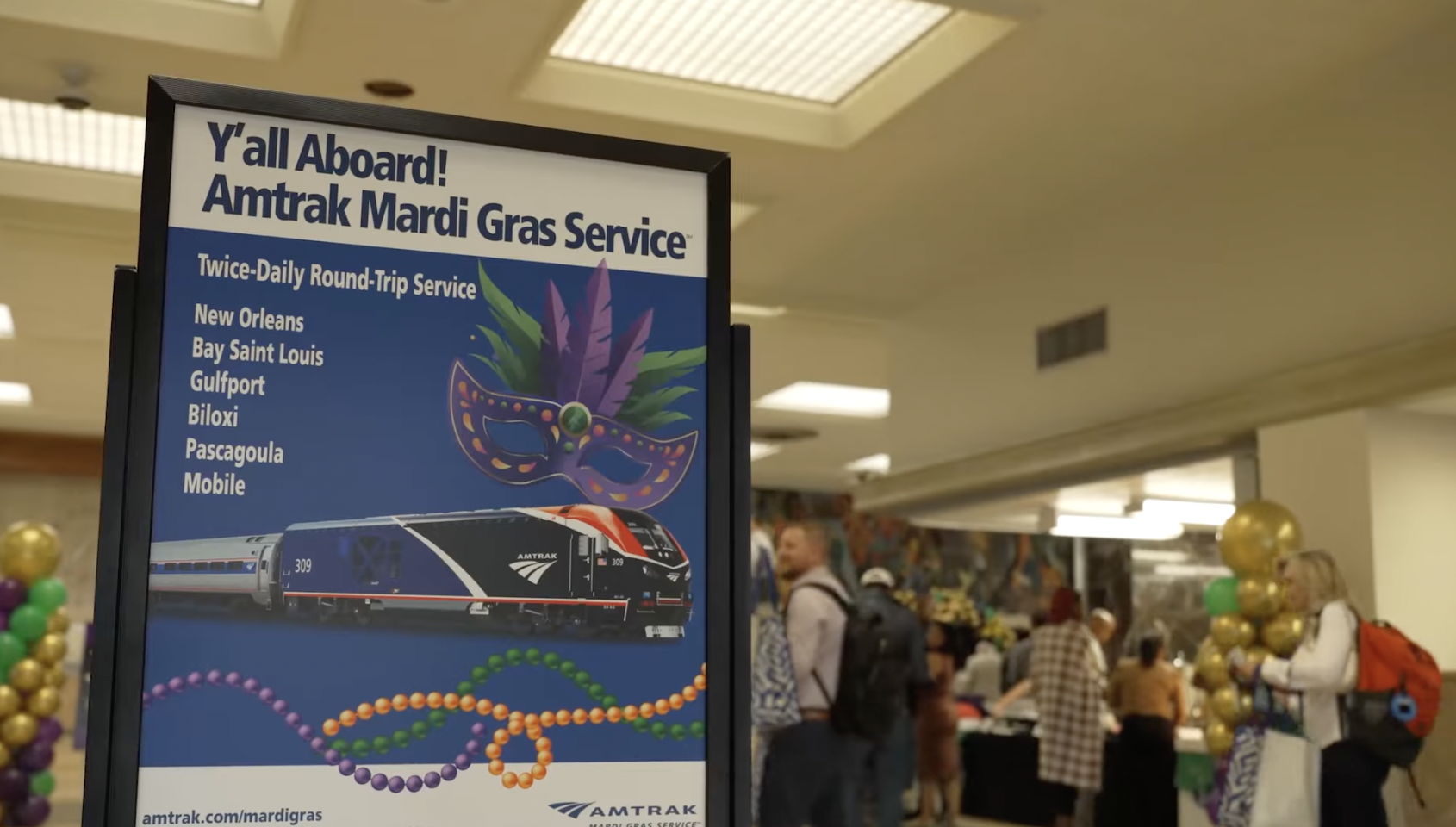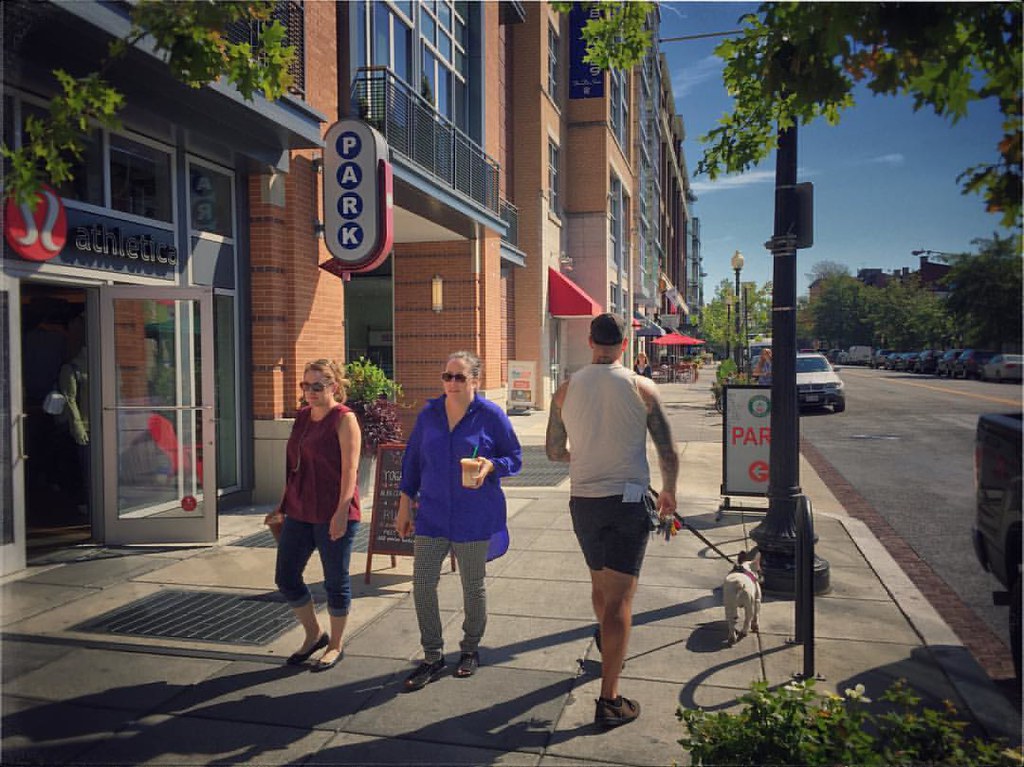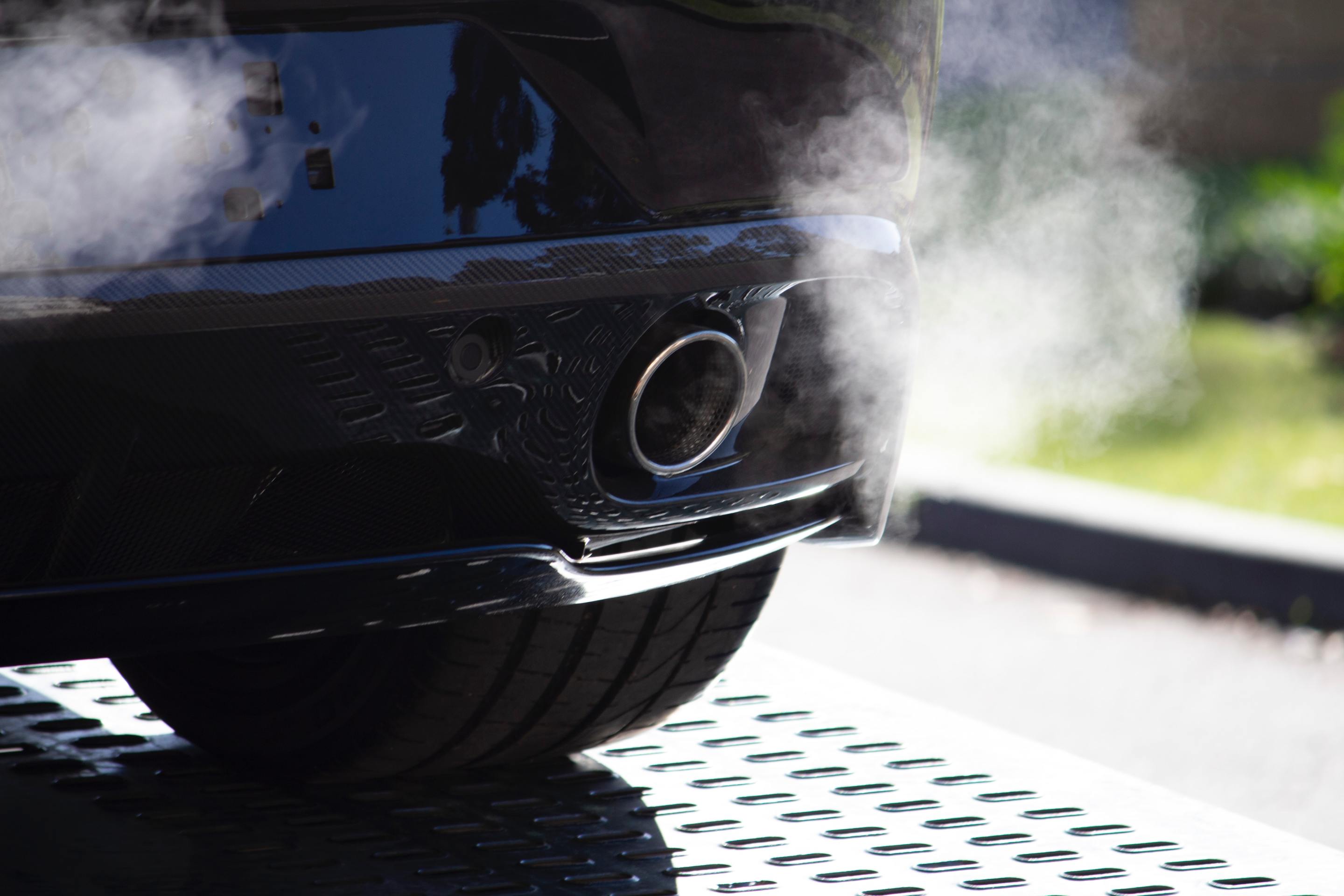You know how this story goes: A subdivision pops up in a cornfield. Soon enough, said subdivision is in the midst of the new, hot suburb, essentially a thrown-together collection of cul-de-sacs and big box stores.
A new study has confirmed what developers have long known: Sprawling development opens the floodgates to more sprawling development. In their analysis of development patterns in suburban Charlotte's Mecklenburg County, researchers Bev Wilson and Yan Song found a direct correlation between the development of a subdivision of ten acres or more and the odds that a contiguous parcel would be subdivided. Their research was featured in the winter edition of the Journal of the American Planning Association.
Kaid Benfield of the Natural Resources Defense Council's Switchboard considers the implications for smart growth and sustainable development:
The authors found that “adding one large subdivision event within one-quarter mile of the parcel in the previous period was associated with a 42 percent increase in the odds of the parcel subdividing.” In other words, we’re much more likely to see a new subdivision cropping up near a recently built one than we are to see it where there has been no previous development. Or, put yet another, perhaps unsurprising, way: sprawl spreads.
Wilson and Song found a number of other factors that increased the likelihood of new development, including being near the I-485 freeway, being near a rail corridor, and being near demolition activity, but none of these was as influential as being near previous development. If I read the article correctly (the hyper-academic statistical analysis does not lend itself to easy understanding), the presence of mixed-use development decreases the likelihood of new subdivision, as do higher property taxes and location within a nonresidential neighborhood. The authors suggest that some of this may be due to restrictive zoning.
For environmentalists and smart growth advocates who prefer that development occur on infill parcels rather than on forest- and farmland outside the current development footprint, the most important implication is that environmental review of a proposed project should include review of not just its likely site-specific effects but also those of additional development that could be induced nearby.
In other words: Local authorities, before you give the go-ahead to a greenfield subdivision, know that it won't likely be the last such request.
Elsewhere on the Network today: PubliCola reframes Seattle's "war on cars" debate as a "war on pedestrians," noting that pedestrians appear to be losing since about 5,000 are killed in collisions with motor vehicles annually. The Transport Politic analyzes the latest variation on New Jersey's ARC project -- this time it's Amtrak that is considering a trans-Hudson rail tunnel. And Rebuilding Place in the Urban Space remarks on progressive cycling legislation coming from highway-centric Baltimore County.






